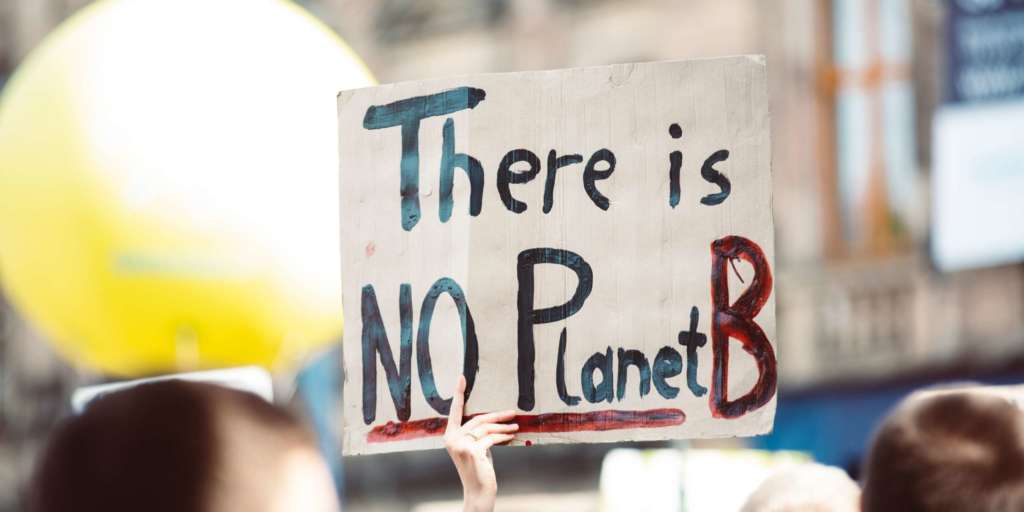Roswell, New Mexico isn’t the kind of place you’d expect to find underwater, but that’s exactly what happened this October.
Record-breaking rains overwhelmed the desert town, turning streets into rivers and leaving at least two residents dead, with hundreds more stranded on rooftops. For a town known for its arid climate and occasional spacecraft sightings, the deluge came as a shock.
Unfortunately, it’s a sign of a troubling new reality.
Asheville, North Carolina, known for its picturesque mountain landscape, was battered by Hurricane Helene — despite being some 300 miles from the coast. The storm brought over 30 inches of rain, sparking flash floods and mudslides that swept away entire homes.
Montpelier, Vermont, typically associated with serene, verdant hills, experienced its worst flooding in close to a century this summer. Juneau, Alaska faced an unprecedented disaster when a glacial dam burst, causing a torrent of icy water to inundate neighborhoods.
Even places accustomed to extreme weather are facing storms of greater intensity and duration. In communities across central Florida, floodwaters have lingered for weeks after Hurricane Milton made landfall.
This recent surge in severe flooding can be traced back to the effects of climate change. Warming temperatures mean more moisture in the air, leading to heavier rainfall, while rising sea levels cause higher storm surges. Shifting weather patterns are also bringing storms to places that rarely saw them before.
These events make one thing clear: the climate crisis is escalating, creeping into every corner of the map and shattering the myth of “climate havens.” As these events intensify, it’s clear that the stakes for climate action have never been higher — especially with an election around the corner that could determine our path forward.
The GOP has outright denied the existence of climate change and embraced a callous “drill, baby, drill” attitude. Under the Trump administration, over 100 environmental protections were slashed and vast stretches of federal land were opened up to the oil and gas industry.
Now, with Project 2025, conservative strategists have outlined a plan to dismantle climate protections even further, proposing to expand fossil fuel extraction while weakening clean air and water standards.
These measures prioritize short-term profits for energy executives while leaving communities more exposed to climate disasters for years to come. It’s hard to imagine this is the same party once led by Theodore Roosevelt, a champion of environmental conservation.
Democrats, for their part, have taken some significant steps on climate. The Biden administration made historic investments in clean energy through the Inflation Reduction Act and created the American Climate Corps.
On the other hand, the Biden administration has also approved oil drilling permits at a faster rate than Trump did, including the controversial Willow Project in Alaska. And Vice President Kamala Harris has also wavered on climate policy, including recently reversing her past support for banning fracking.
Jimmy Carter pushed for renewable energy nearly 50 years ago, yet Democrats today still hesitate to fully commit to, let alone deliver on, that vision.
Communities across the country are grappling with flooded streets, lost homes, and shattered lives. Their voices must not be drowned out by business-as-usual politics.
Climate policy isn’t just another campaign issue — it’s a matter of survival. This election is a critical moment for voters to reclaim their power in the face of a warming world. It’s up to voters to turn up the pressure and demand comprehensive climate action — from all candidates — that matches the scale of the crisis.

A.J. Schumann is a Henry A. Wallace Fellow at the Institute for Policy Studies from Rio Rancho, New Mexico. This op-ed was distributed by OtherWords.org.




